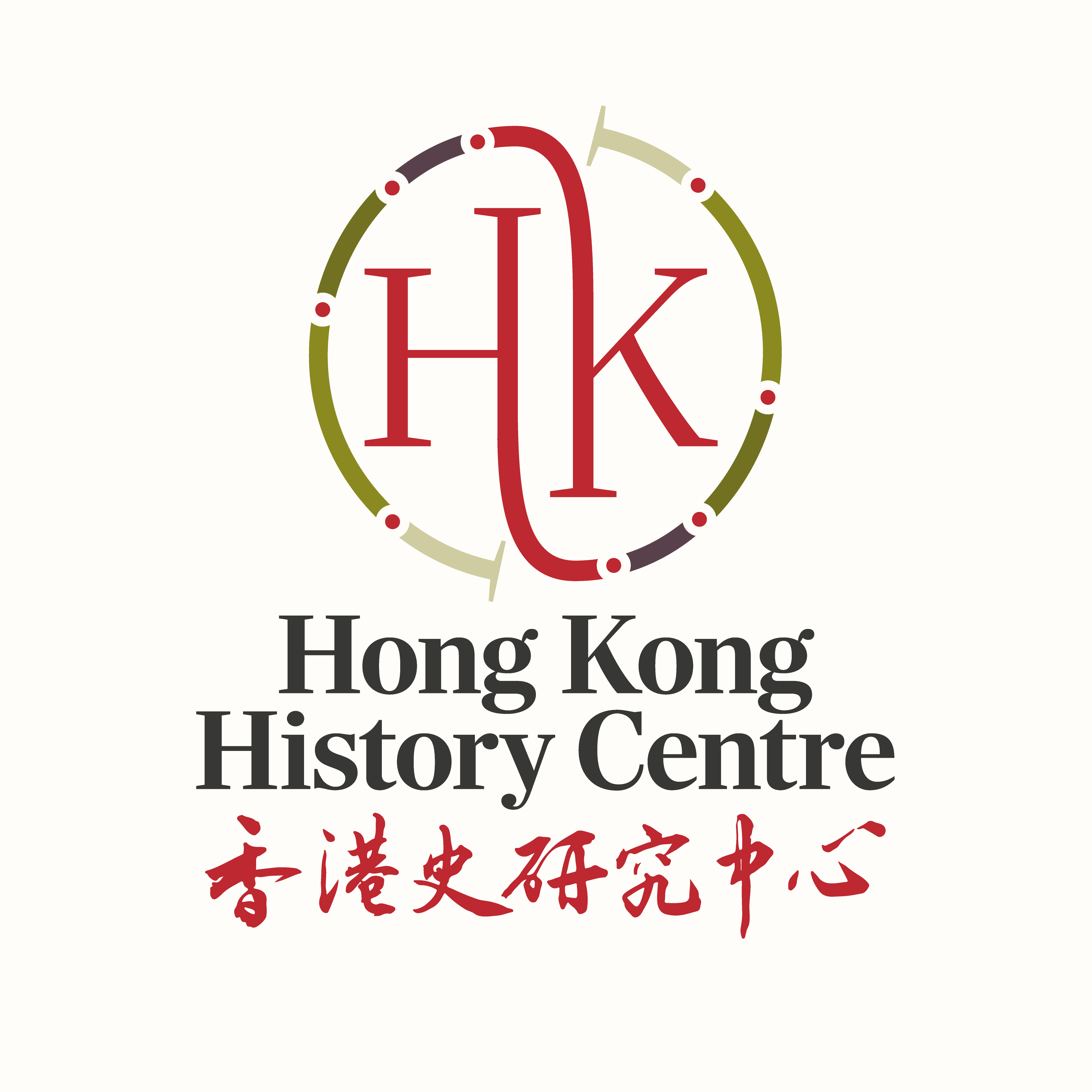
By Vaudine England
The thought behind a lot of these ruminations in this blog is that the subject of race in empire, specifically with relation to Hong Kong, has been grossly under-covered to date. Some Dutch academic friends wonder if …
08/04/16
By Vaudine England
Lethbridge’s article, ‘The Yellow Fever’, had concluded with an image of how the different, mostly non-Chinese peoples of Hong Kong interacted, or not:
‘The full flavour of the European community is to be savoured at a gala …
22/12/15
By Vaudine England
In my last blog I expressed a hope to be proven wrong in claiming that just two serious articles were published on the subject of Eurasians in Hong Kong in the 20th century. The first was Sir …
13/11/15
By Vaudine England
Looking at how other colonies’ histories have tackled the topic of Eurasians gives useful clues to how researchers might tackle Hong Kong’s Eurasians.
An early effort looking at South East Asia was Virginia Thompson and Richard Adloff’s …
02/10/15
By Vaudine England
This week (on 3 September) the Chinese government has decreed a special one-off public holiday (and vast military parade) to mark what it calls China’s victory over Japan 70 years ago. As with all anniversaries, a plethora …
03/09/15By Vaudine England
The thought behind a lot of these ruminations in this blog is that the subject of race in empire, specifically with relation to Hong Kong, has been grossly under-covered to date. Some Dutch academic friends wonder if …
08/04/16By Vaudine England
Lethbridge’s article, ‘The Yellow Fever’, had concluded with an image of how the different, mostly non-Chinese peoples of Hong Kong interacted, or not:
‘The full flavour of the European community is to be savoured at a gala …
22/12/15
By Vaudine England
In my last blog I expressed a hope to be proven wrong in claiming that just two serious articles were published on the subject of Eurasians in Hong Kong in the 20th century. The first was Sir …
13/11/15By Vaudine England
Looking at how other colonies’ histories have tackled the topic of Eurasians gives useful clues to how researchers might tackle Hong Kong’s Eurasians.
An early effort looking at South East Asia was Virginia Thompson and Richard Adloff’s …
02/10/15By Vaudine England
This week (on 3 September) the Chinese government has decreed a special one-off public holiday (and vast military parade) to mark what it calls China’s victory over Japan 70 years ago. As with all anniversaries, a plethora …
03/09/15